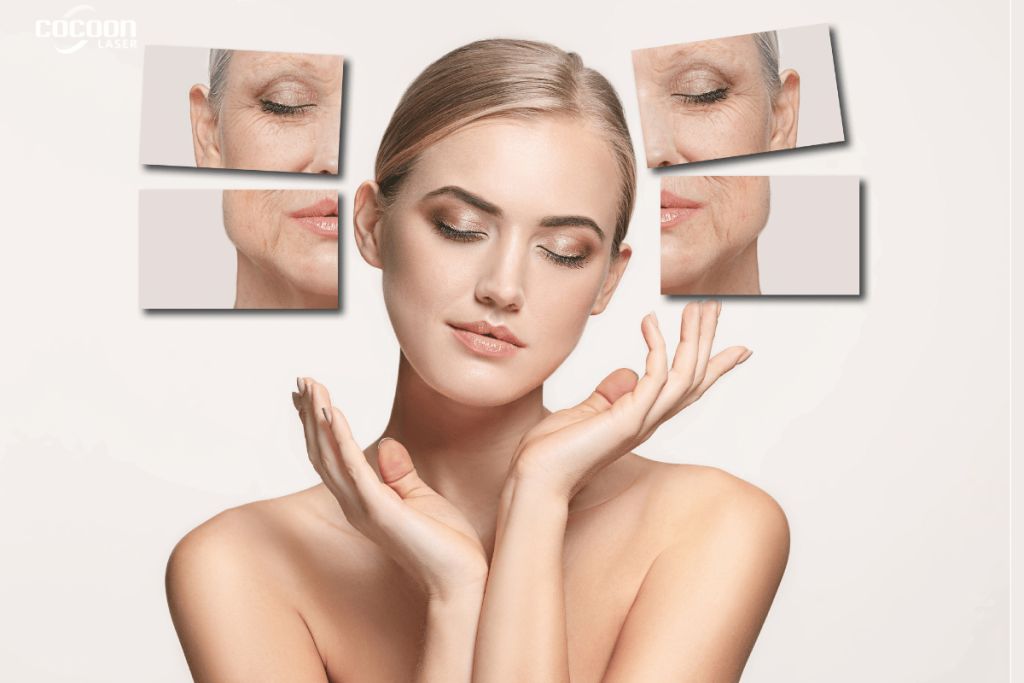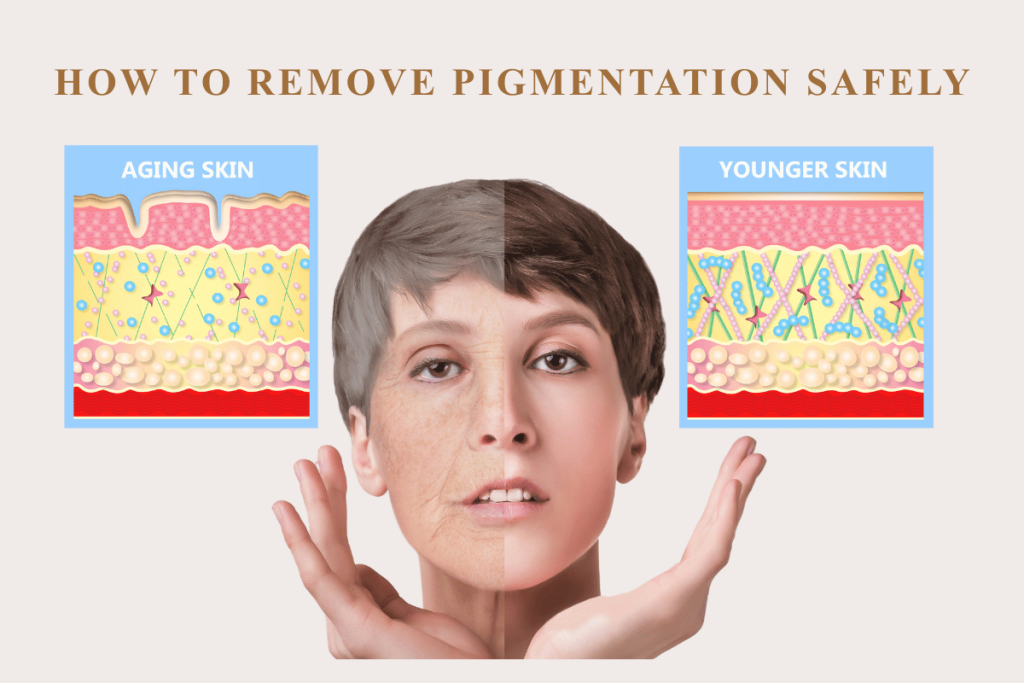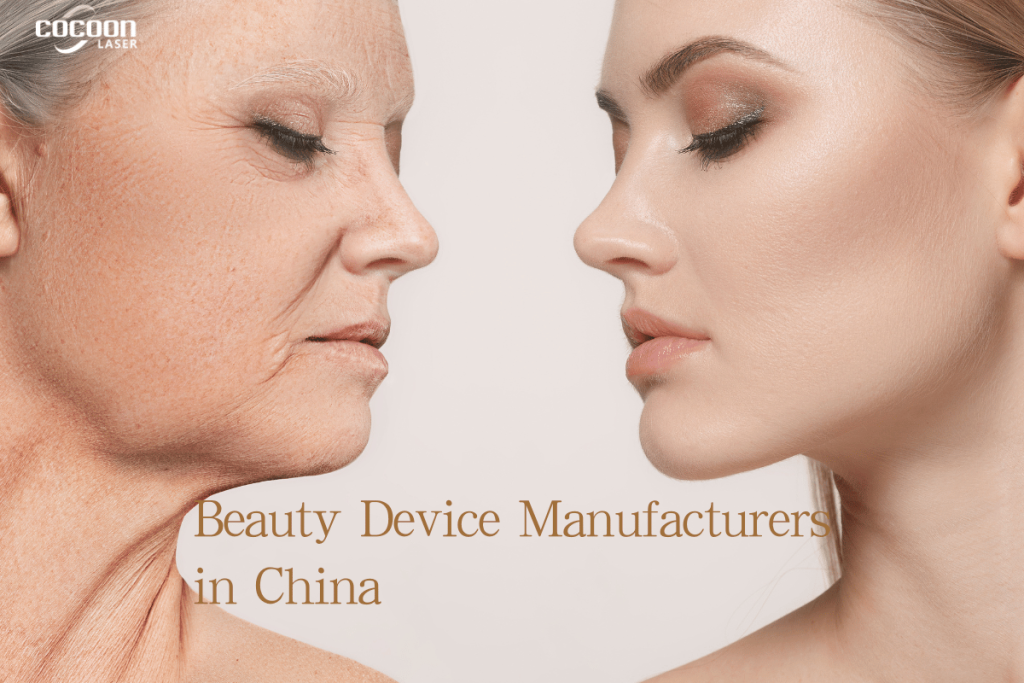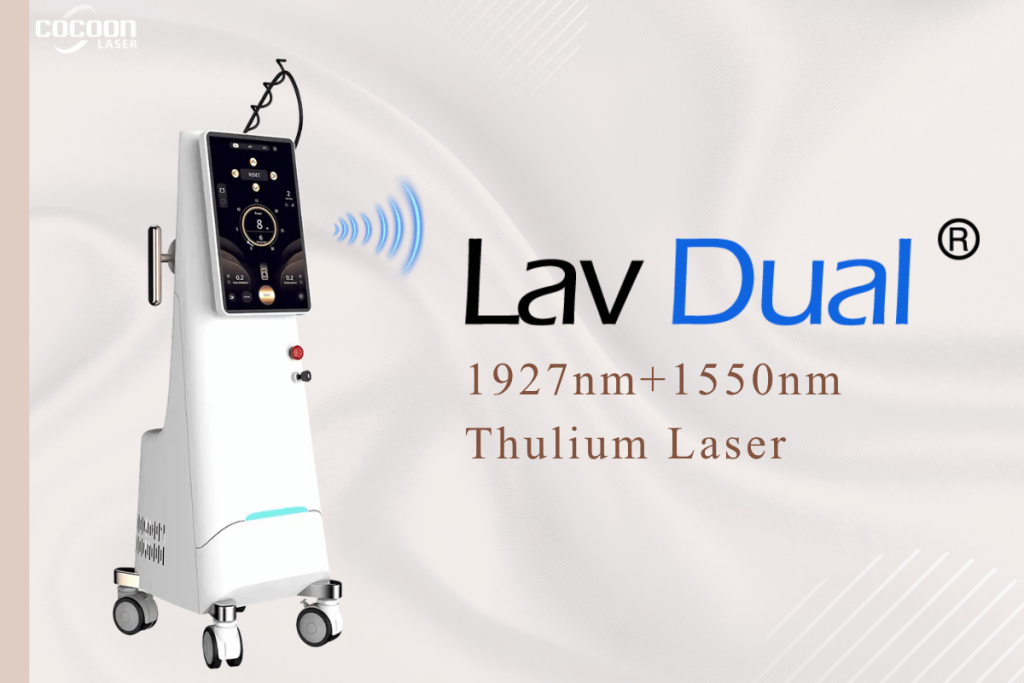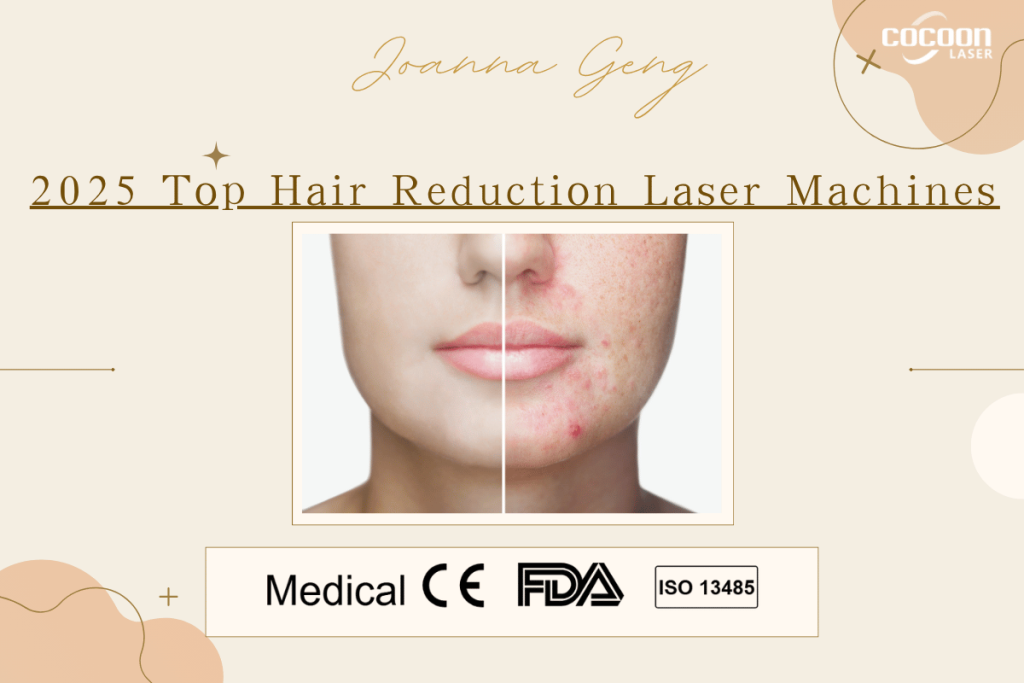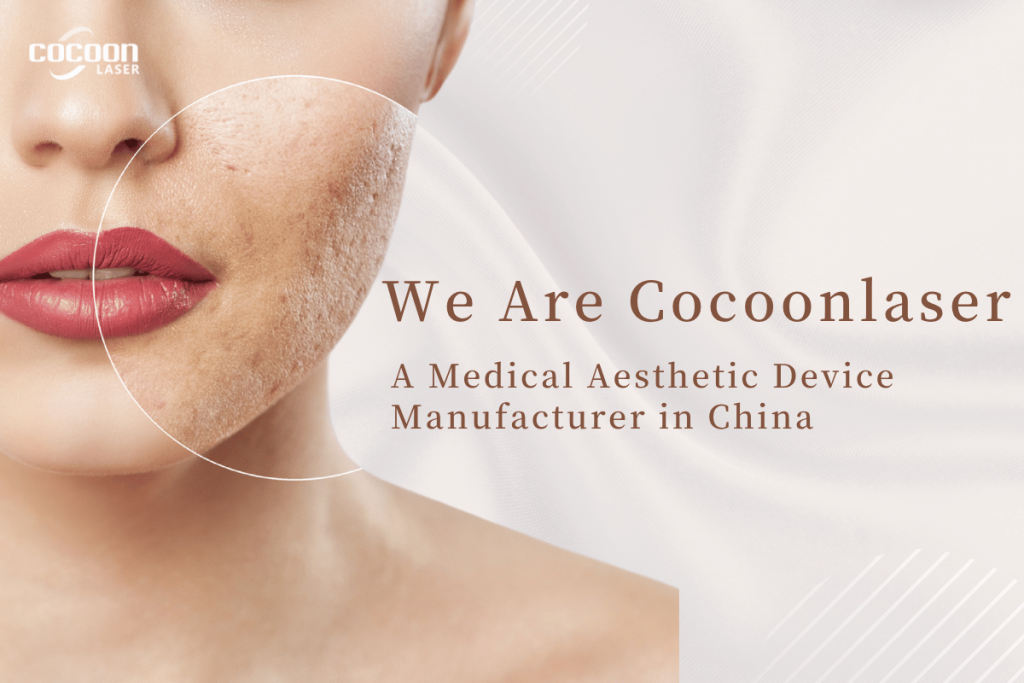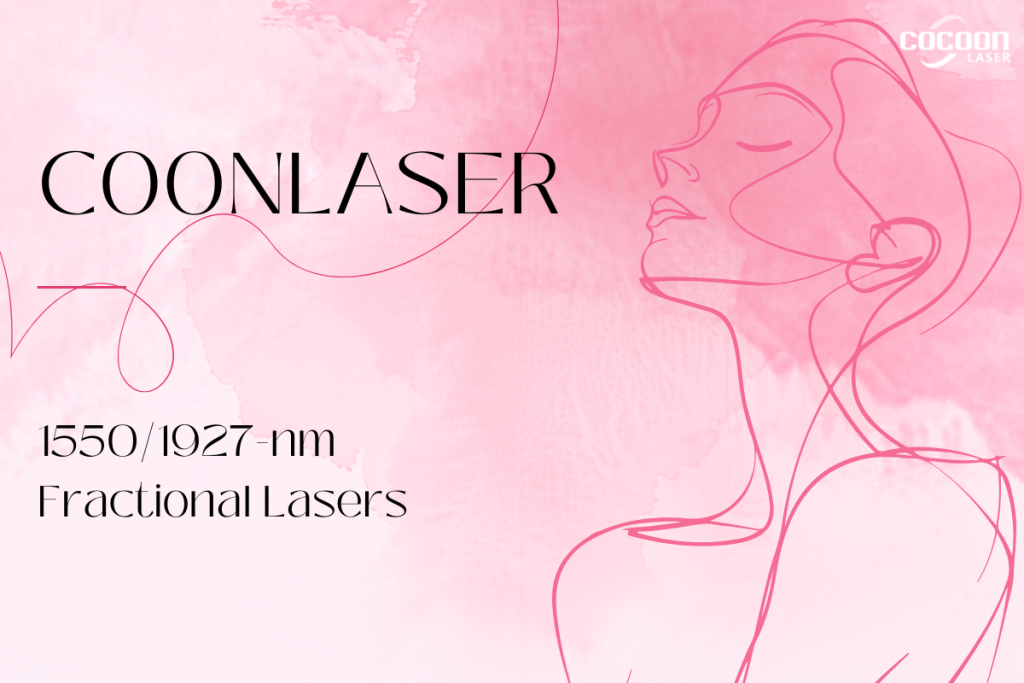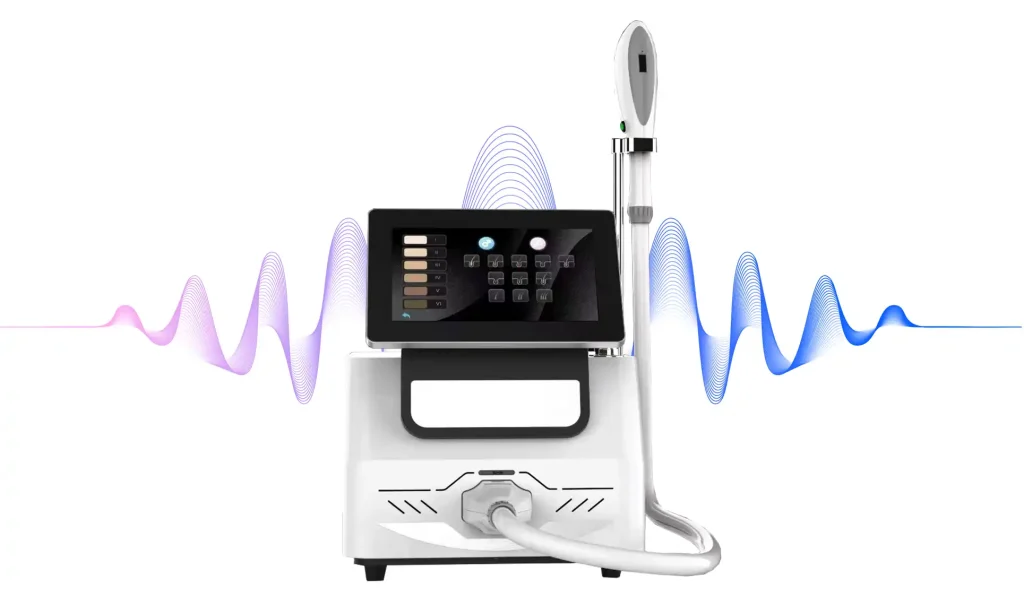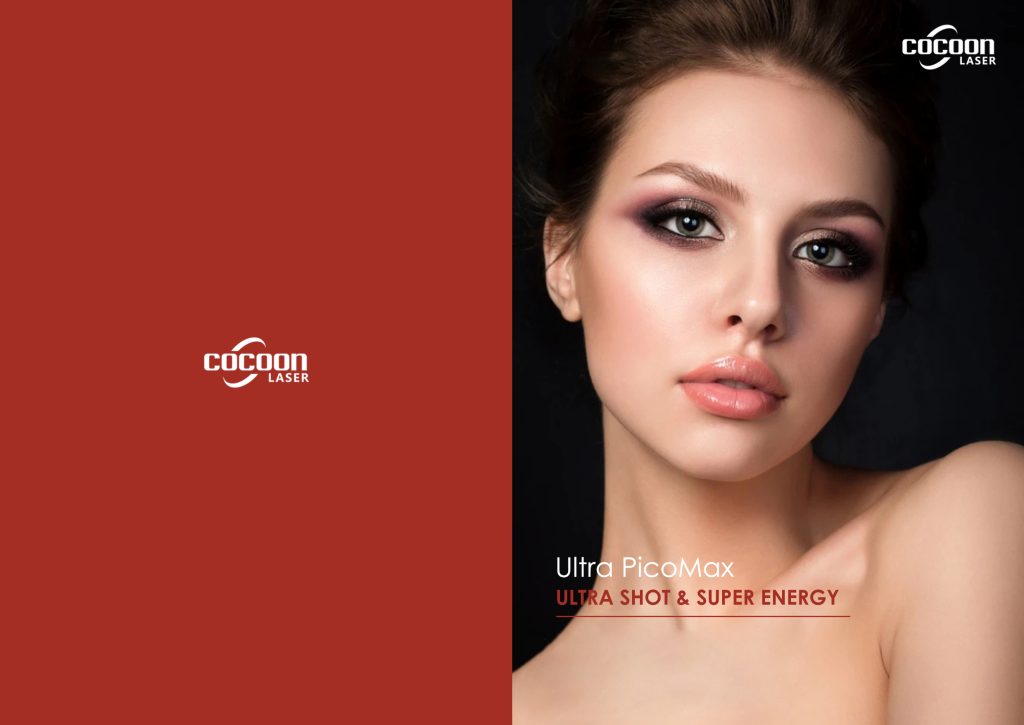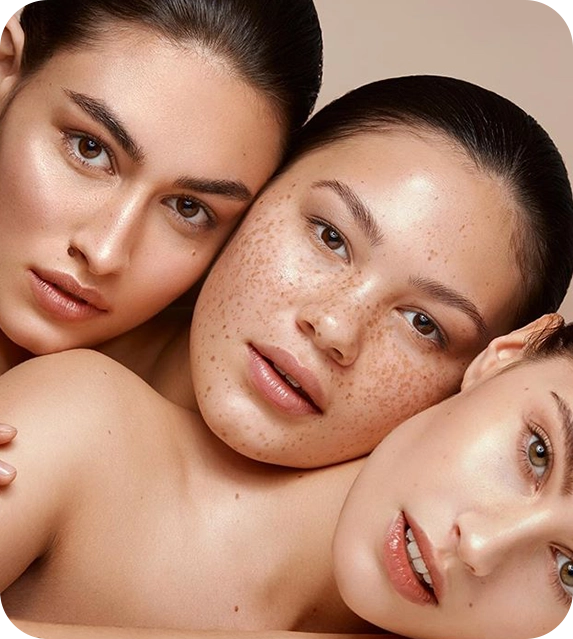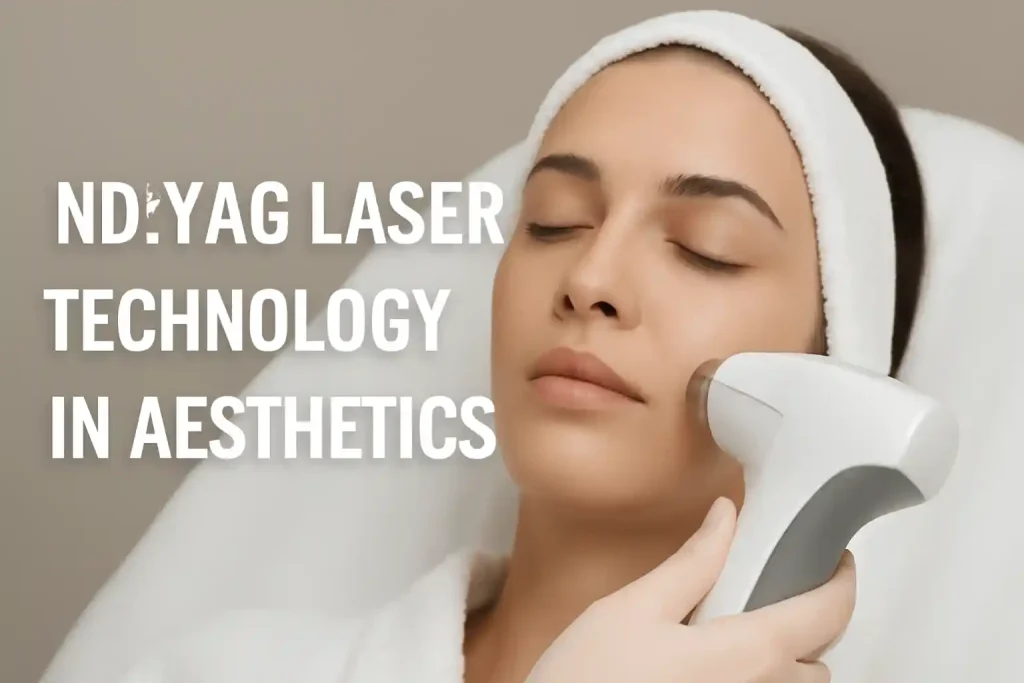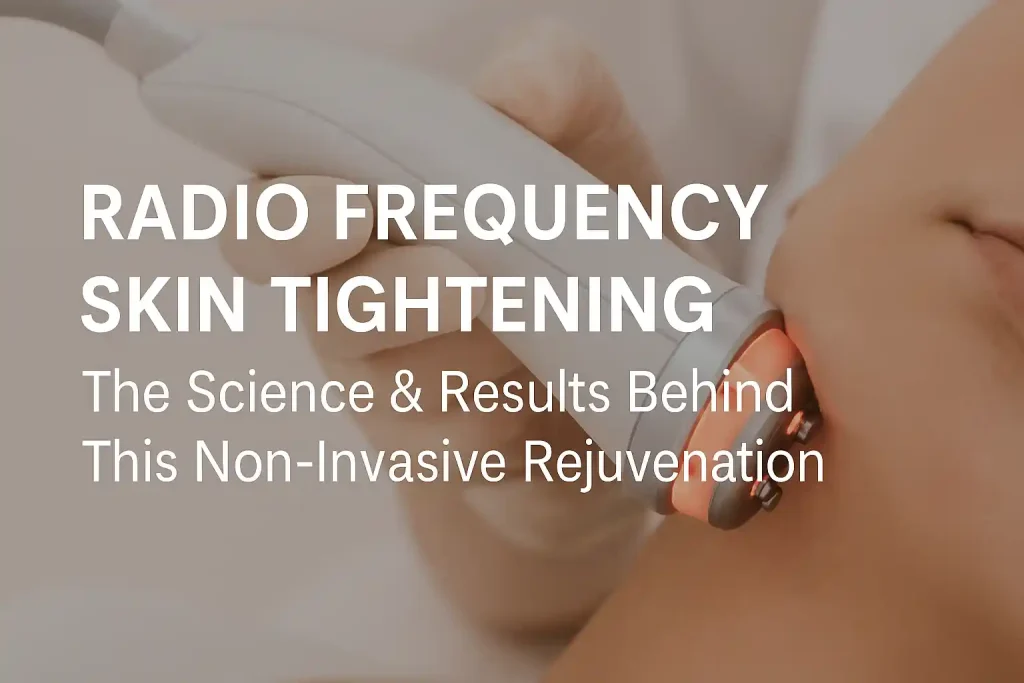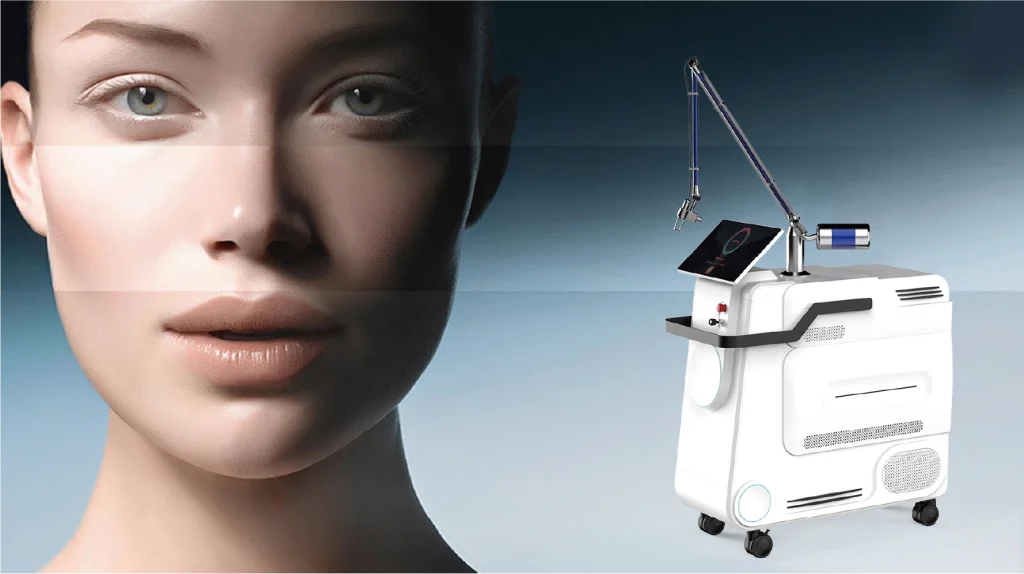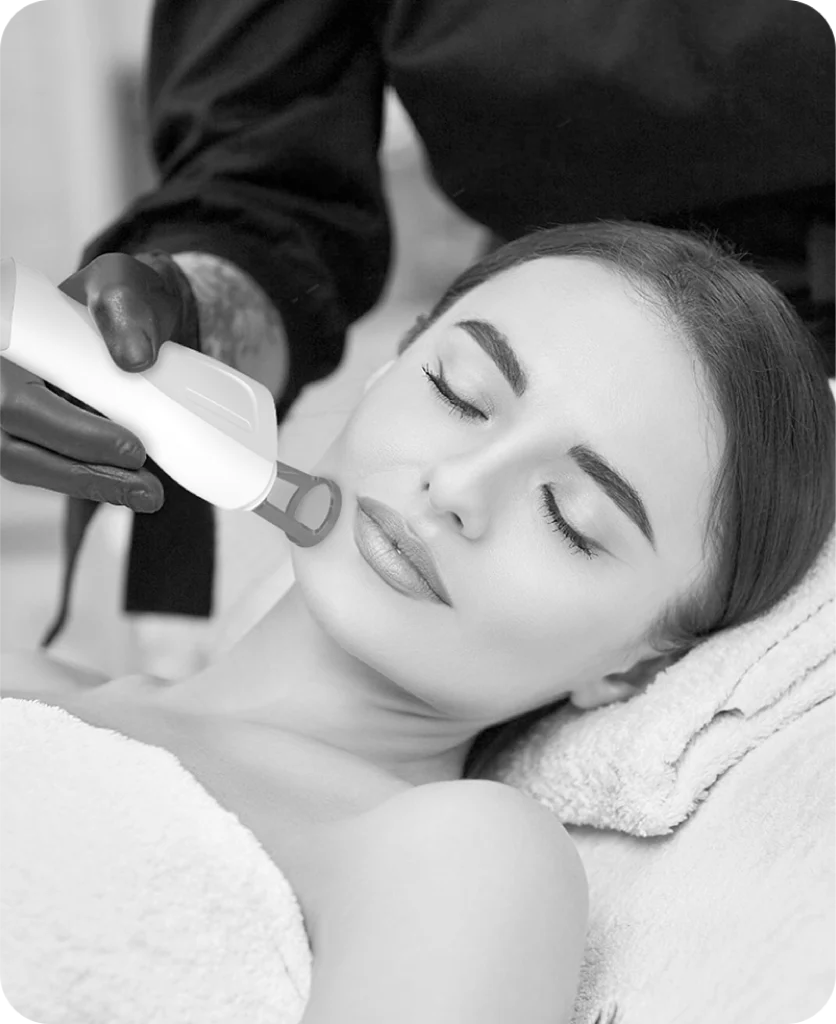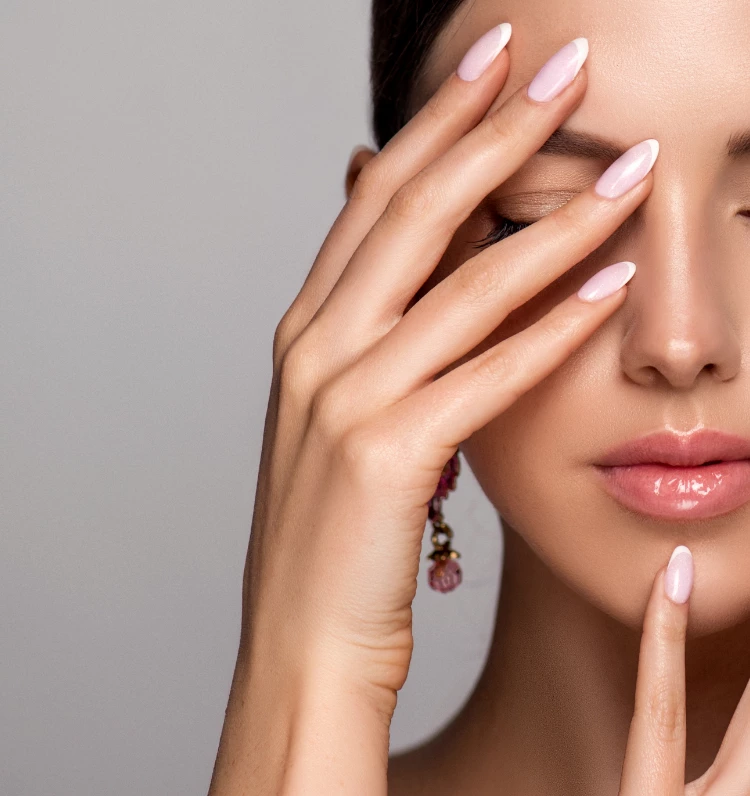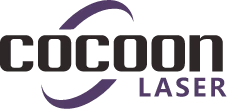Global Professional Beauty Device Market: Growth Drivers and Regional Trends
Global Professional Beauty Device Market: Growth Drivers and Regional Trends
The global professional beauty device market is experiencing unprecedented growth, driven by the increasing demand for non-invasive aesthetic treatments, technological advancements, and evolving consumer preferences. According to a 2024 report by Fortune Business Insights, the market was valued at USD 19.26 billion in 2023 and is projected to grow at a CAGR of 12.1% from 2024 to 2032, reaching approximately USD 54.47 billion by 2032.
This article analyzes the key growth drivers, regulatory landscapes, and consumer trends shaping the market in major regions including North America, Asia-Pacific, and the European Union (EU), while exploring how leading companies like Lumenis, Candela, HydraFacial, and Silk’n are strategically positioning themselves.
Market Overview: Size, CAGR, and Key Drivers
The professional beauty device market size is expanding rapidly, supported by factors such as:
- Rising incidence of skin disorders (acne, pigmentation, photoaging)
- Growing preference for minimally invasive treatments
- Increasing disposable income and beauty consciousness
- Technological advancements in laser, radiofrequency (RF), ultrasound, and LED-based devices
The demand for multifunctional beauty platforms that combine exfoliation, hydration, and rejuvenation is particularly strong among dermatology clinics, aesthetic centers, and high-end salons.
Source: Fortune Business Insights, “Professional Beauty Devices Market Size, Share & COVID-19 Impact Analysis, By Type and Regional Forecast, 2024-2032”
North America: Leading the Beauty Device Market with Robust Growth
North America, particularly the United States, remains the largest and most mature market for professional beauty devices.
Key Characteristics:
- Highly advanced regulatory environment overseen by the U.S. Food and Drug Administration (FDA)
- Strong consumer demand for anti-aging, skin rejuvenation, and body contouring treatments
- Dominance of established players like HydraFacial, Candela, and Lumenis
Market Drivers:
- Proliferation of medical spas and aesthetic clinics
- Growing popularity of personalized skincare regimens
- Favorable reimbursement policies for selected dermatological procedures
However, FDA’s strict device approval process creates significant barriers to entry, particularly for emerging companies without robust clinical trial data.
Asia-Pacific: Driving the Fastest Growth in Professional Beauty Devices
The Asia-Pacific region is forecasted to register the highest CAGR (approximately 14% from 2024 to 2032), with key growth markets including China, Japan, South Korea, and India.
Key Characteristics:
- Rising disposable incomes and expanding middle-class populations
- Deep-rooted cultural preference for skin-whitening and anti-aging treatments
- Increasing demand for home-use and portable beauty devices
Market Drivers:
- Booming medical tourism industry in countries like South Korea and Thailand
- Growing influence of K-beauty trends and celebrity-endorsed aesthetics
- Rapid digitalization enabling wider access to beauty technologies
Companies like Lumenis and Silk’n are rapidly localizing their product offerings to address the unique skin concerns and beauty standards of the Asia-Pacific market.
Regulatory environments are evolving quickly, with China’s National Medical Products Administration (NMPA) tightening import regulations and product safety standards.
European Union: Innovation Meets Stringent Regulation
The European professional beauty device market is a competitive landscape dominated by countries like Germany, France, and the United Kingdom.
Key Characteristics:
- Consumers favor natural-looking, science-backed treatments with minimal downtime
- The EU Medical Device Regulation (MDR), effective since May 2021, imposes stringent clinical evidence, traceability, and post-market surveillance requirements
- High market entry barriers for unproven or under-regulated technologies
Market Drivers:
- Increasing popularity of non-surgical facial rejuvenation and body contouring
- Demand for sustainable, environmentally friendly devices
- Strong adoption of customizable skincare solutions in both clinical and home settings
Leading companies like Candela and Lumenis have established a strong footprint by ensuring their devices meet the rigorous MDR compliance standards.
Competitive Landscape: Key Companies and Strategic Moves
Major Players:
- Lumenis: Expanding minimally invasive laser and RF platforms globally
- Candela: Focused on high-performance aesthetic technologies with strong clinical backing
- HydraFacial: Innovating scalable skincare platforms suitable for both professionals and at-home users
- Silk’n: Bridging professional-grade and consumer-grade beauty devices with portable, user-friendly solutions
Strategies:
- Regional customization of product lines
- Strategic partnerships with local distributors and clinics
- Focus on consumer education and practitioner training to increase device adoption
Future Trends: Where is the Market Heading?
Looking ahead, the following trends are expected to shape the next decade:
- AI-powered skin analysis integrated into beauty devices
- Increased demand for portable, connected devices (IoT-enabled)
- Growth of subscription-based skincare platforms linked to professional devices
- Expansion of male-focused beauty treatments
- Greater emphasis on eco-friendly and energy-efficient devices
Frequently Asked Questions (FAQ)
What is the growth rate of the global professional beauty device market?
The market is projected to grow at a CAGR of 12.1% from 2024 to 2032, reaching approximately USD 54.47 billion by 2032.
Which regions are driving market growth?
North America leads in market size, while Asia-Pacific is the fastest-growing region with strong demand in China, Japan, South Korea, and India.
Who are the key players in the professional beauty device industry?
Major companies include Lumenis, Candela, HydraFacial, and Silk’n, all of which are expanding their global reach and product offerings.
What technologies are shaping the future of beauty devices?
AI integration, IoT connectivity, portable device innovation, and sustainability are the leading trends expected to drive the market forward.

